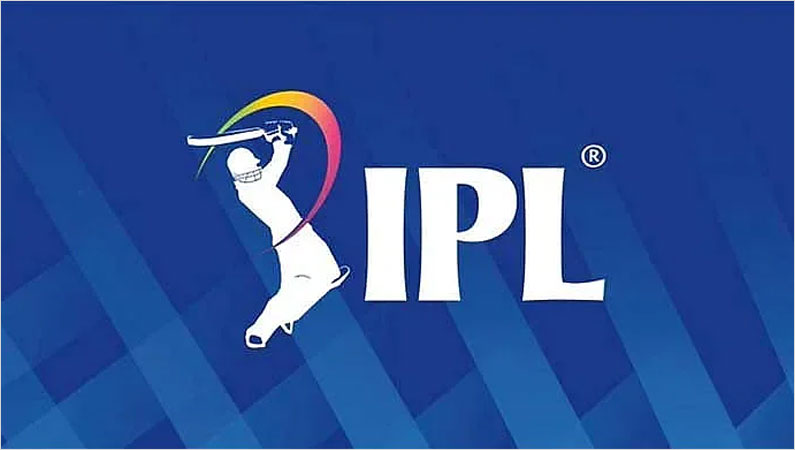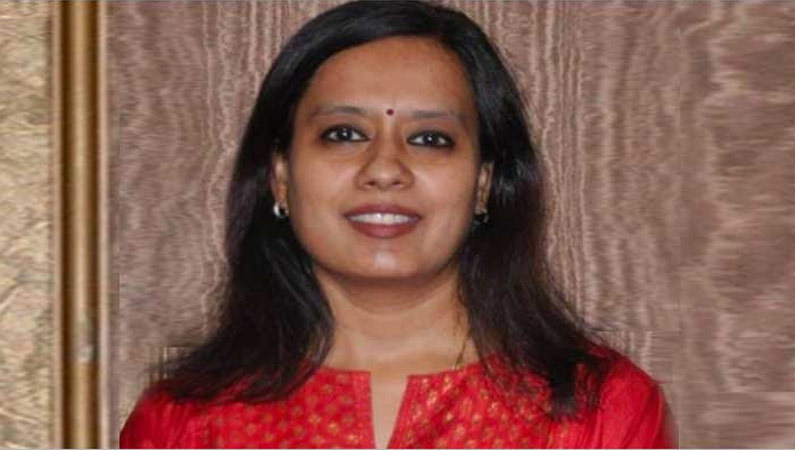In the ever-changing world of business, the client-agency relationship has reached a point where specialist agencies are employed for a specific vertical of marketing. The traditional setup where a client did all their business with 1-2 agencies at the most has now evolved to a point where a micro specialized agency is brought on the retainer. Is this ever growing network headed towards a consolidation phase? The PITCH team talks to industry leaders and gets their perspective with an aim to figure out the comparison between bigger agencies starting a vertical on their end versus acquiring or partnering with a smaller agency. As most relationships, the equation between a client and an agency has consistently evolved over decades. While most on both sides would claim that the ride has been nothing but smooth, a good relationship is really only as good as the ups and downs it faces. In the era gone past budgets and expected payouts were considered the prime factors in deciding the agency to be tasked to carry out a brand’s brief. However if industry leaders are to be believed this trend is gradually changing as more clients look at the possibility of a ‘cross cultural’ fit as the deciding factor to secure the relationship. Mr. Anand Bhadkamkar - COO, Dentsu Aegis India says “The traditional agency model is being challenged, even when you look at the bigger agency groups. Since the practices and models are prevalent for so long, it would take a while for the change to come about. Agency networks are looking to bring new skill-sets and new abilities to cater to clients. Sure, the agency model is changing and it is the need of the hour.” A New Relationship We live in a world where the very definition of ‘marketing and communication’ is changing on a daily basis. New media, new platforms and new narratives are driving the industry and most executives are trying to stay ahead of a learning curve. The conventional belief would lead one to conclude that the traditional agency model is quickly becoming obsolete. Clients are looking for curative and tailor-made solutions that are spread across a number of specialist agencies. This would lend credence to the speculation that the ad world and the relationships themselves are headed for a phase of absolute fragmentation. With radical change though, come radical opportunities and this sentiment is echoed on an optimistic note by Rohit Ohri, Group Chairman and Group CEO, FCB Ulka, “While the needs of the consumers, the platforms we communicate with them through and the way we communicate with them is evolving, this is the best time for an advertising agency, in the history of advertising”. Heading into a new age On the flip end of things, the agency business is seeing a boom like never before. With the world’s access to information consistently increasing there is a rising demand for more, a lot more communication from brands. We are also in a phase of technological developments where there is quite literally a new breakthrough for communicators to exploit as a platform every month. The result? The rise of the specialist agencies. Ex-advertising executives are chasing their entrepreneurial dreams and branching out to helm their own agencies bringing their experience into play. However most haven’t seen the true longevity of their personal dreams as we witness most of the micro agencies merging with the long standing big guns of the industry. Mr Ohri, sums up the trend that has prevailed and is set to continue for a while, “A lot of small agencies have come up in the last decade and a half. But what is really happening is most of these small agencies have been consolidated into bigger agency networks. And this is becoming a cyclical process. However, what is important to understand is what the future client needs?” Is this a flash in the pan phenomenon? Do smaller newer agencies only exist for the golden buyout day? Or can they actually craft a niche for themselves and ensure an independent survival? “As clients increasingly seek holistic & integrated solutions, bigger agencies will absorb and merge smaller specialist agencies to expand their offerings & services for the benefits of brands. It is incrementally more effective & efficient for brands to consolidate and work with agencies who can offer a full breadth of services. However, the trend will continue as micro specialist agencies will get acquired, merged or grow bigger therefore giving room for the smaller agencies to work with a few clients & build services around their requirements.” Says Mayank Bhatnagar – EVP Carat Global. Which one is the one? What is it that the brands of the future are looking for while setting the mandate for their agency? Anil Nair - CEO, L&K Saatchi & Saatchi offers the answer, “Today, brands want agencies who can move the needle not just on campaign deliveries but on business outcomes. Integrated services without deep capabilities aren’t going to cut much ice with astute clients. So merely checking boxes is not enough, one has to demonstrate rich capabilities in each of the specialist units with best in class case studies.” This would suggest that agencies that are labouring to comprehend that every client has a unique requirement are the ones that seem to be blossoming. This in turn helps establish a level of trust, compatibility and confidence that can cement a relationship as quickly as it can break one down. And this is the key factor that has led to this era of absorptions by the big names. The smarter traditional agencies are trying to keep up with the times and their ‘thinking’ clients by creating a differentiator for themselves versus their competition through these mergers which onboard several in-house marketing specialisations. This vacuum didn’t always exist though. Rapid advancement in technology and the availability of highly refined data has helped budding advertisers find and craft a niche for themselves. Creativity alone isn’t paramount for brands while settling on an agency. A combination of creativity, data science and a propensity towards cutting edge technology is what is enabling the oasis of agencies expand incrementally. A space dominated by well known giants is now experiencing an era of mergers, takeovers and collaborations with smaller organizations. Experts and leaders agree that the traditional agency model is dying, as it rightfully should, and an era of collaborative efforts is the way ahead. Mr Nair goes on to say, “The agency model has to evolve from suppliers of creative services to customer acquisition and retention specialists. Selling creative solutions for brands using various mediums and charging accordingly are things of the past. Linking the agency KPIs to the business KPIs and playing the role of business builder is imperative. The need of the hour is a super shop of specialist services, much like the hospital model.” A brand’s journey With the radical evolution of the communication mediums, brands are dealing with an increasing number of agencies on their roster. Rana Barua - CEO Havas Group India shares his prediction, “I see integration and a one stop agency as the best way of partnering clients. In a fragmented media world it makes complete sense that we have a single brand custodian who can mirror the CMO and help by offering integrated services that help in delivering solutions across many disciplines.” While this ideal situation may be a while away, does it also point to the fact that in the current scenario, the CMOs job is slowly yet surely transforming more into a coordinators role that can effectively manage all partner agencies? Mr Ohri shares his perspective on the evolution of the brand manager and the CMOs job, “Clients have become orchestrators of brand communication in many ways. They are the centre point and they coordinate between creative agencies, media agencies, digital agencies, activation agencies and so many more that they employ. The client’s job as a brand manager has become one of managing agencies. Fundamentally, clients are now increasingly realising that they need their brand managers to manage the brand and not manage the people who manage the creative marketing for the brand.” A good day to be a client Martin Sorrell for WPP is considered the champion of establishing ‘group-think’ models for their clients. Borrowing talents from their various organisations and teams to curate a specific squad tailored for a client as he did for Team Detroit for Ford and Red Fuse for Colgate Palmolive among others. This definitely helps seduce the client into the core network for an agency. The prospect of having the best talent at your disposal from the arms and legs of the agency network can often be the decisive factor for a brand to sign on. Mr. Bhatnagar goes on to define their culture, “Uniquely at Dentsu Aegis Network, we operate under one P&L that enables us to build teams from across agencies that seamlessly work together and design the right solutions. This ensures we provide the right disciplines and capabilities that take precedence over traditional team structures that centre on a single company. We’re uniquely set up to remove any barriers in collaboration and we act as one business with connected capabilities around our clients – providing seamless access to the full breadth of our agency network. It’s not only our structure that drives our connected collaboration around our clients, but also the unanimous unity in a clear vision to ‘innovate the way brands are built’.” This is further echoed by Mr. Barua, “Havas Group is clear that we have integration at the heart of our existence. We have 57 villages across the world with another 4 opening in 2019. Each Havas village is located in a single building, creative and media together, all under a single P&L – while boasting of a unique and unparalleled entertainment offering through our partnership with Vivendi. Each of our agencies is individually focused on becoming the best it can be but can draw on the additional skills and expertise within the village and from our parent company Vivendi.” Who gets the bigger (money) pie? It is a clearly echoed sentiment that the agency format is evolving and smaller, newer agencies are establishing their niche as well. What happens to the big budget purse of the client? Are we in an era of budgets getting split a lot more than ever before? Is the money pie getting smaller with a lot more agencies vying for a smaller slice of it? Mr Nair tries to explain how budgets are being segregated and allocated over time, “The overall kitty has expanded but the growth is primarily in the marketing technology bucket. Clients aren’t paying more fees or giving bigger production budgets therefore overall increase in advertising expenditure doesn’t necessarily reflect in ad agency income growth. The big money is going to move towards data and consumer engagement technology capabilities. I am expecting data services and technology to take upto 30% of total marketing budget in the next two years time.” This is a forecast that is shared by most industry leaders. “Budgets are moving away from TV & print and going towards digital, basically towards more measurable platforms. For better or for worse you are able to get similar outcomes on lower budgets. Clients are still spending big, but are spending smarter. From a purely advertising spend, budgets are now oriented more towards martech and digital solutions” says Mr. Bhadkamkar. Mr. Bhatnagar brings some hardcore numbers that helps decipher the money pie a lot more, “Ad spends growth rate is pretty healthy, growing at 11% and will continue to grow at similar pace. TV & Print leads the contribution however digital media is expected to grow at CAGR of 32% and its share is expected to increase from 17% to 29% by 2021.” So is the picture grim? Or do agencies predict an age of dominance where collaboration and takeovers will be the order of the day. Mr. Bhatnagar provides a template blueprint of the agency of the future, “We work in a people and service driven business. We know people matter. An agency needs to be agile and adaptive to provide highest standard of the services & embed talent planning into the business strategy. Agencies that help accelerating growth via driving value proposition and agile collaboration across client units partners, delivering balance through strong planning analytics and an agile mindset. Agencies also need to build structures and mechanics that bring the best specialists and the best tools and system to enable brands to execute their brief with excellence and plan effectively.” Mr. Nair concludes on an optimistic yet realistic note, “The future belongs to creative thinkers and story tellers who can play with data and dance with technology. The business enablers of the future aren’t going to be large tech firms but smart creative firms who have mastered the art of making tech powered creative solutions.”










